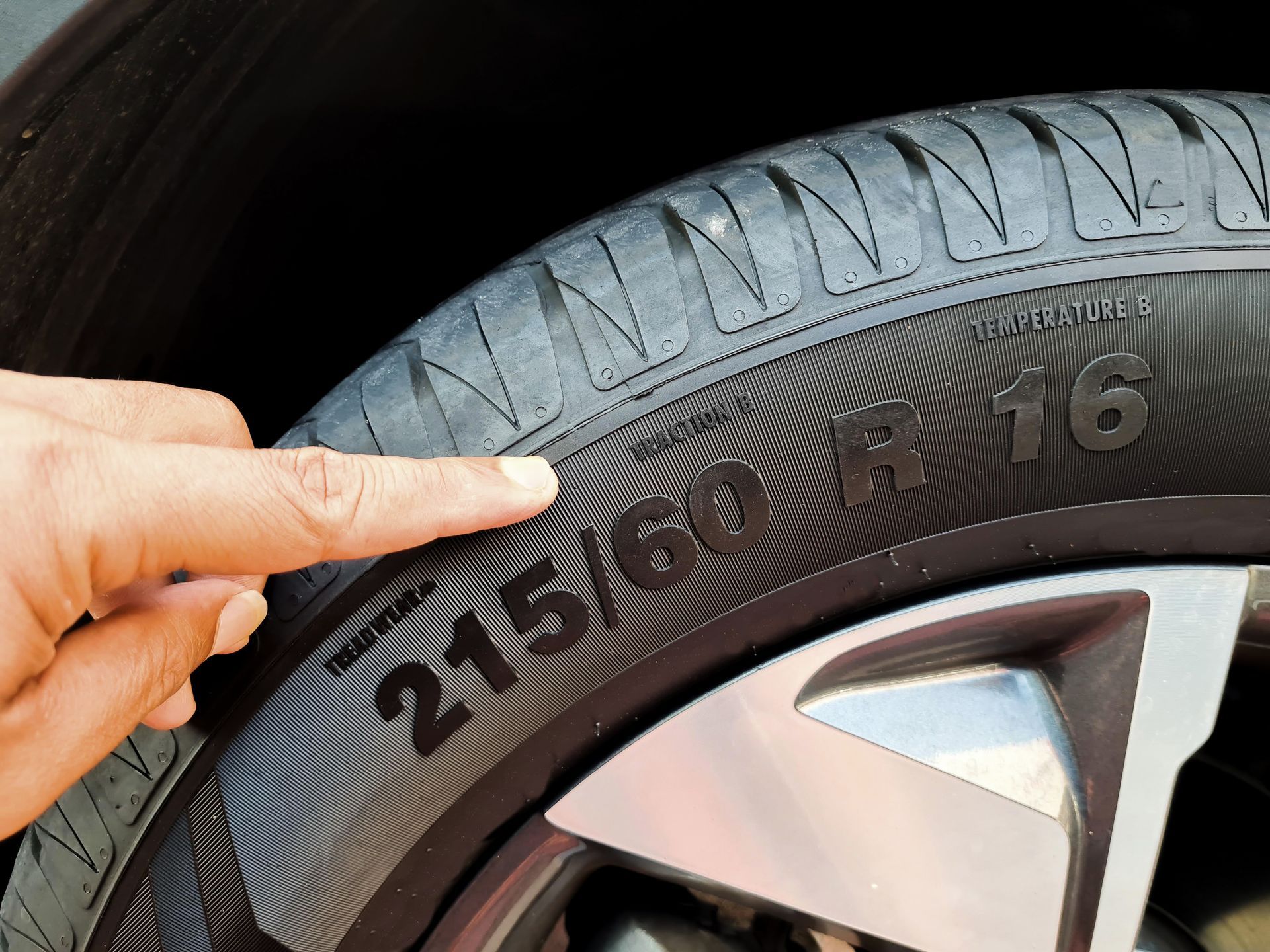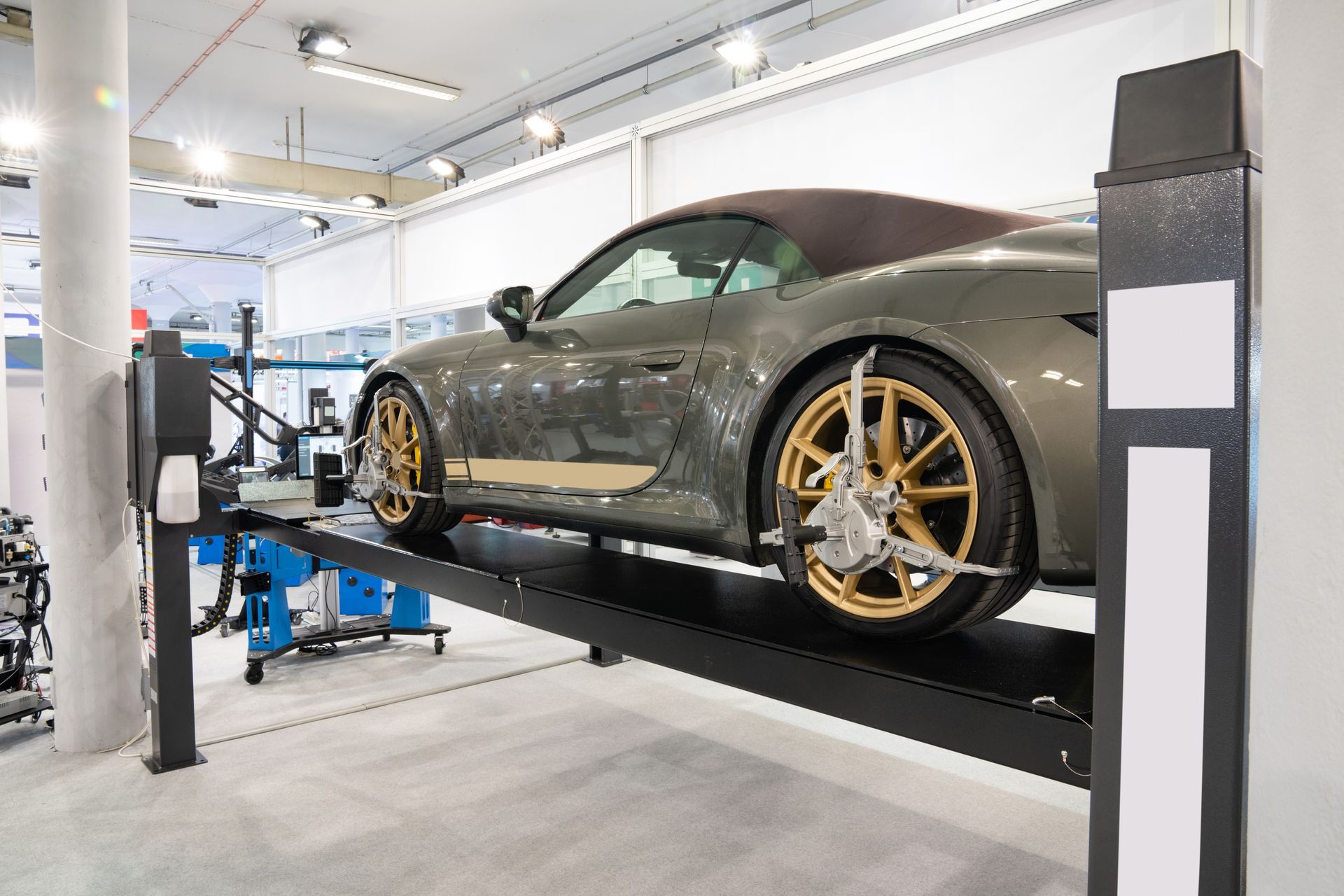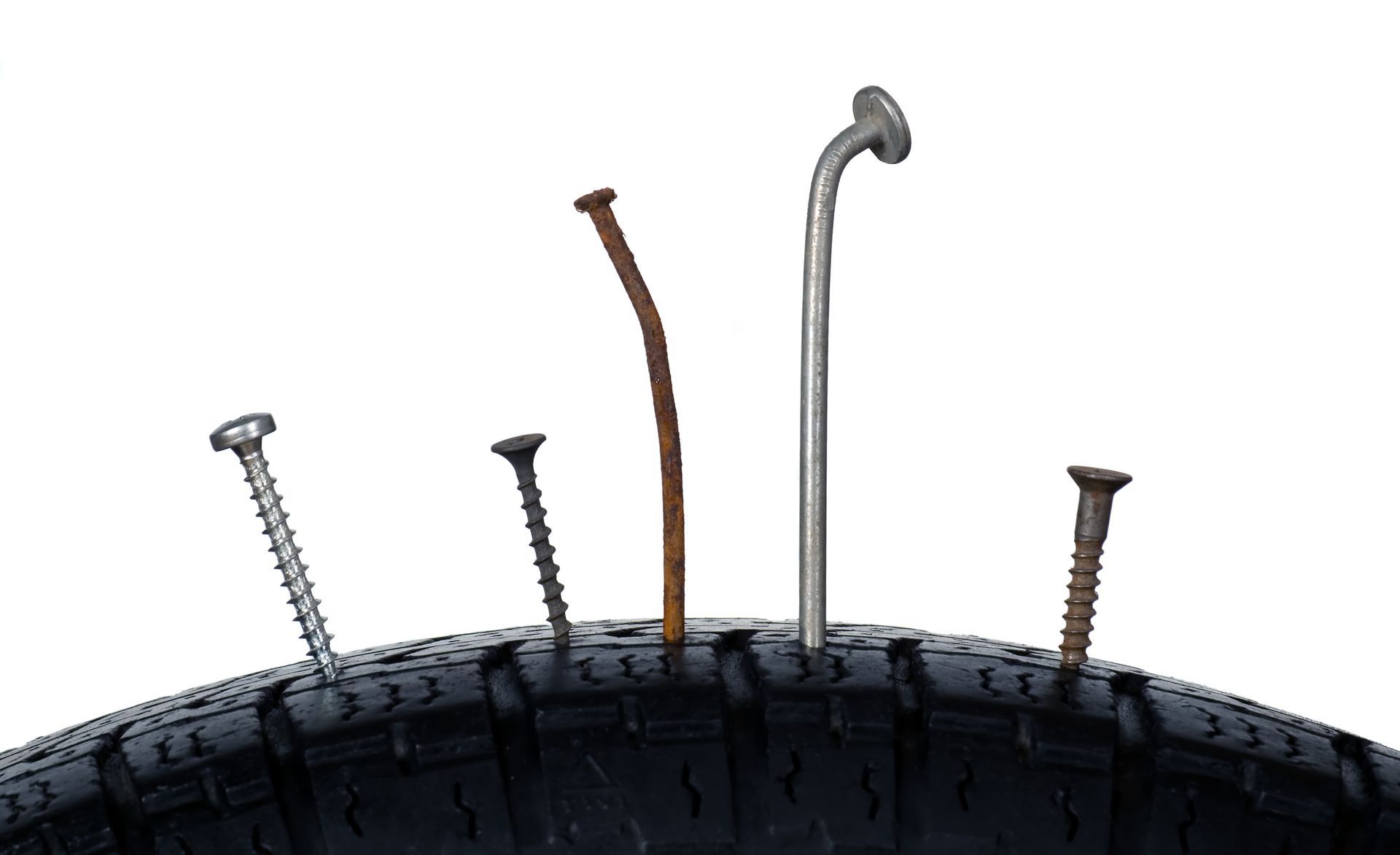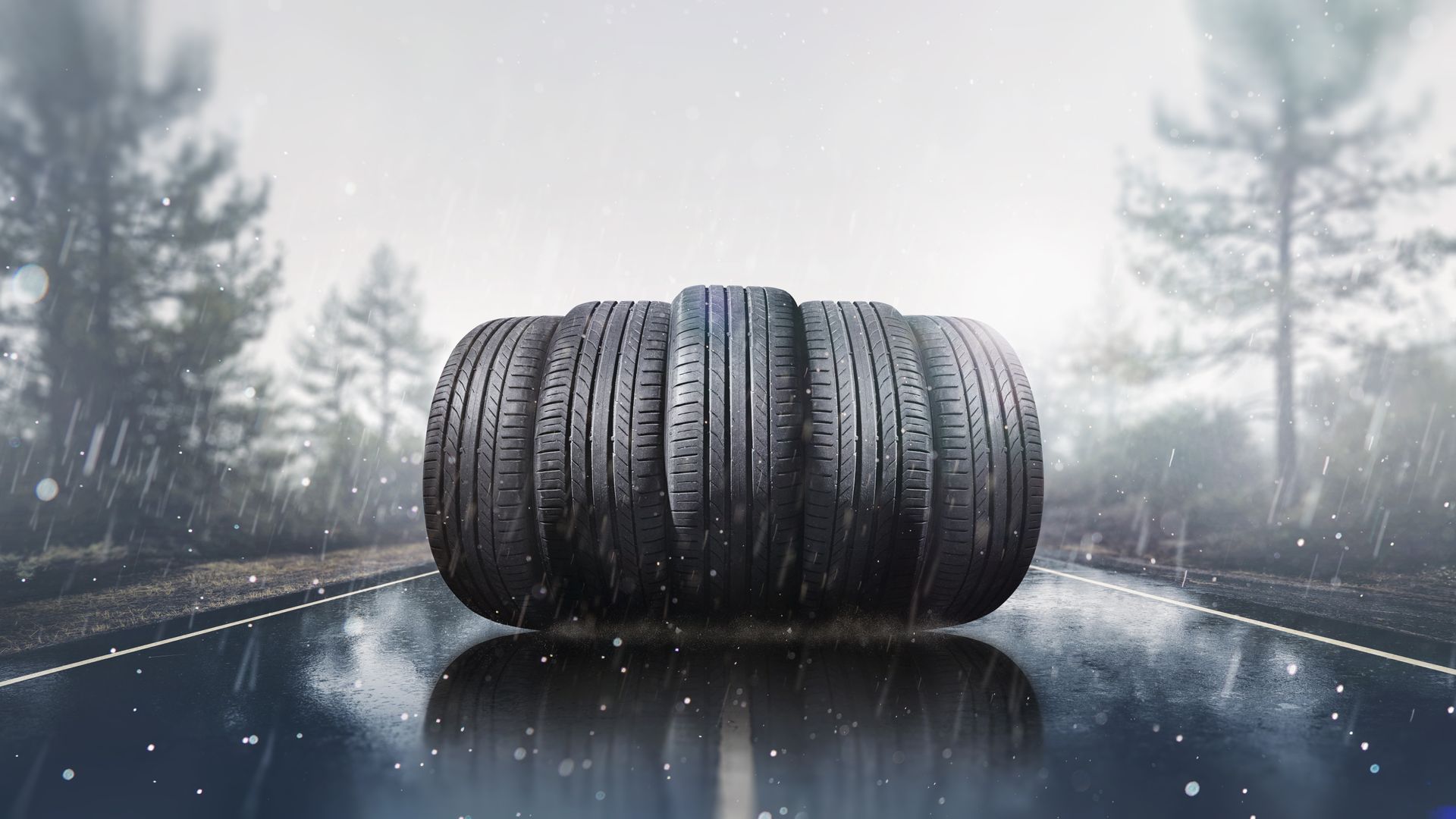Loading ...
Missing business hours data / Error occurred while getting the data.
Loading ...
Missing business hours data / Error occurred while getting the data.
Our Jacksonville Locations:
Loading ...
Missing business hours data / Error occurred while getting the data.
Loading ...
Missing business hours data / Error occurred while getting the data.
Can Worn Tires Increase the Risk of Hydroplaning?
February 28, 2025
Driving in wet conditions always comes with added risks, but worn tires significantly increase the chances of hydroplaning, making it much harder to maintain control of your vehicle. Hydroplaning happens when a layer of water builds up between your tires and the road surface, reducing traction and causing the car to skid uncontrollably. While new tires are designed to channel water away efficiently, worn-out tires lose their ability to grip the road, making it far easier to hydroplane, even at lower speeds. If you've ever felt your car slide unexpectedly in the rain, your tires could be putting you at risk.
How Tire Tread Affects Hydroplaning
Tires are designed with tread patterns that help push water away from the contact patch, which is the part of the tire that touches the road. As your tires wear down over time, these grooves become shallower, reducing their ability to disperse water effectively. This means that, in wet conditions, the tires can’t clear water fast enough, leading to a dangerous loss of traction. The less tread you have, the more likely you are to hydroplane, especially during heavy rain or when driving through standing water.
At What Point Do Worn Tires Become Dangerous
Tires are considered legally unsafe when their tread depth reaches 2/32 of an inch, but hydroplaning risks increase well before that point. Many safety experts recommend replacing tires when the tread depth reaches 4/32 of an inch, as traction in wet conditions significantly decreases beyond this point. You can check your tread depth at home using the penny test—simply insert a penny into the tread with Lincoln’s head facing down. If you can see the top of his head, your tread is too low, and your tires should be replaced.
Other Factors That Contribute to Hydroplaning
While worn tires are a leading cause of hydroplaning, other factors can increase your risk as well. Driving too fast in wet conditions is a major contributor, as water builds up faster than your tires can clear it. Slowing down when it’s raining, especially in areas with standing water, greatly reduces your chances of losing control. Underinflated tires can also make hydroplaning worse by reducing the tire’s ability to maintain proper road contact. Checking your tire pressure regularly ensures that your tires are at the correct PSI for maximum grip and safety.
The Consequences of Hydroplaning
Losing control of your vehicle due to hydroplaning can be a terrifying experience. When tires lose traction, your car may skid, swerve, or even spin out completely, putting you at risk of colliding with other vehicles or running off the road. The best way to regain control if hydroplaning occurs is to ease off the gas, avoid sudden braking, and gently steer in the direction you want to go. However, the best prevention is ensuring your tires are in good condition before hitting the road.
Why Replacing Worn Tires is Essential
Worn tires don’t just increase the risk of hydroplaning—they also affect braking distance, cornering ability, and overall handling. In wet conditions, stopping distances are already longer than on dry pavement, and bald tires only make the situation worse. Investing in new tires before they become dangerously worn is the best way to protect yourself, your passengers, and other drivers on the road.
Worn tires put you at serious risk of hydroplaning. Visit
Bargain Tires in Jacksonville, FL, for a professional tire inspection and replacement options to keep you safe on the road. Call today to schedule your service!
Our Locations
Loading ...
Missing business hours data / Error occurred while getting the data.
Loading ...
Missing business hours data / Error occurred while getting the data.
Our Locations:
Loading ...
Missing business hours data / Error occurred while getting the data.
Loading ...
Missing business hours data / Error occurred while getting the data.
Having trouble finding us?
Loading ...
Missing nap lines data / Error occured while getting the data.






